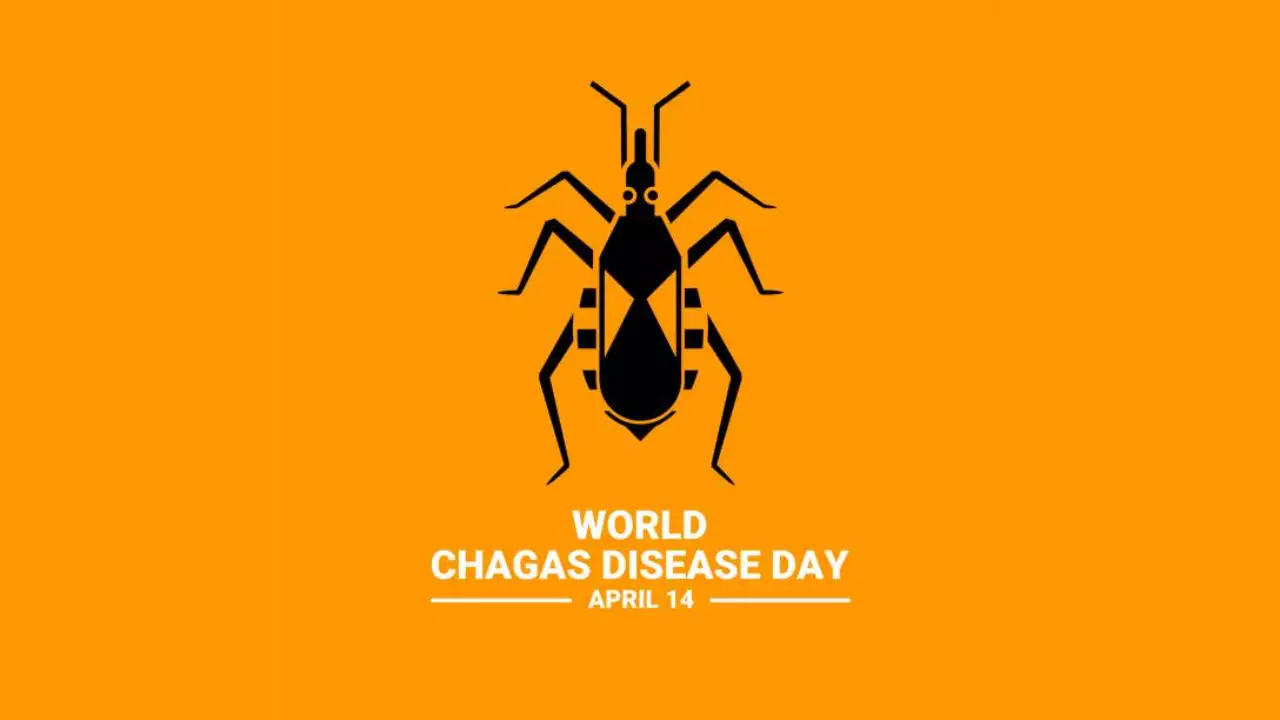Description

Source: TimesofIndia
Disclaimer: Copyright infringement not intended.
Context
- World Chagas Disease Day is observed on April 14 to raise awareness around Chagas disease.
- It was first celebrated on April 14, 2020, and was named after Carlos Ribeiro Justiniano Chagas, the Brazilian doctor who diagnosed the first case on April 14, 1909.
Details
- Chagas disease disproportionately affects impoverished populations lacking access to healthcare or political representation.
- This disease progresses slowly and often exhibits an asymptomatic clinical course.
- However, without treatment, it can lead to severe cardiac and digestive complications, ultimately resulting in fatalities.
- Theme for 2024: Tackling Chagas Disease: Detect Early and Care for Life
- Chagas disease primarily affects poor populations in continental Latin America but is increasingly being detected in other countries and continents.
- According to estimates, there are approximately 6-7 million people worldwide infected with Chagas disease, with around 12,000 deaths reported annually.
About Chagas Disease
- Chagas disease, also known as American trypanosomiasis, is a parasitic infection caused by the protozoan parasite Trypanosoma cruzi.
- Named after Brazilian physician Carlos Chagas, who discovered it in 1909, this disease is transmitted primarily through the bite of infected triatomine bugs, commonly known as "kissing bugs" due to their tendency to bite around the lips and face.
- However, it can also spread through other means such as blood transfusion, organ transplant, or consumption of contaminated food and beverages.
Symptoms of Chagas Disease:
- Chagas disease is often referred to as a "silent and silenced disease" because the majority of those infected either exhibit no symptoms or experience very mild symptoms.
- However, when symptoms do occur, they can vary widely and may include:
- Mild flu-like symptoms such as fever, fatigue, body aches, and headaches.
- Rash
- Loss of appetite.
- Diarrhea
- Vomiting
- Swelling or a sore near the eye or on the side of the face where the bite or infection occurred.
- Enlarged glands.

Stages of Chagas Disease:
The disease progresses through two main stages:
- Acute Stage: This initial stage may present with mild symptoms or be entirely asymptomatic, making it challenging to diagnose.
- Chronic Stage: The chronic phase can manifest years or even decades after the initial infection. During this stage, the parasite can invade the patient's heart muscle, leading to complications such as abnormal heart rhythm and difficulties with eating or passing stool.
Prevention and Control:
- Prevention efforts primarily focus on vector control measures to reduce the spread of the disease by targeting the kissing bugs and improving housing conditions to minimize human-vector contact.
- Additionally, screening of blood donors and donated organs, as well as health education initiatives, play crucial roles in preventing transmission.
Epidemiology:
- Endemic Regions: Primarily in rural areas of Latin America, including:
- Mexico
- Central America.
- South America.
Diagnosis:
- Serological Tests: Detect antibodies against T. cruzi.
- Parasitological Tests: Direct detection of the parasite in blood or tissue samples (less commonly used).
Treatment:
- Medication: Antiparasitic drugs such as benznidazole and nifurtimox are used to treat acute and early chronic phases.
- Chronic Phase Management: Focuses on managing symptoms and complications, such as heart failure or arrhythmias.
Global Initiatives:
- WHO: Provides guidance and support for Chagas disease control programs.
- Pan American Health Organization (PAHO): Regional efforts to combat Chagas disease.
- Research Consortia: Collaborative efforts among scientists, researchers, and healthcare providers to address gaps in knowledge and develop effective interventions.
Sources:
WHO, NDTV
|
PRACTICE QUESTION
Q. Chagas disease remains a significant public health concern, causing considerable suffering and mortality, particularly in endemic regions. Comment. (250 Words)
|











